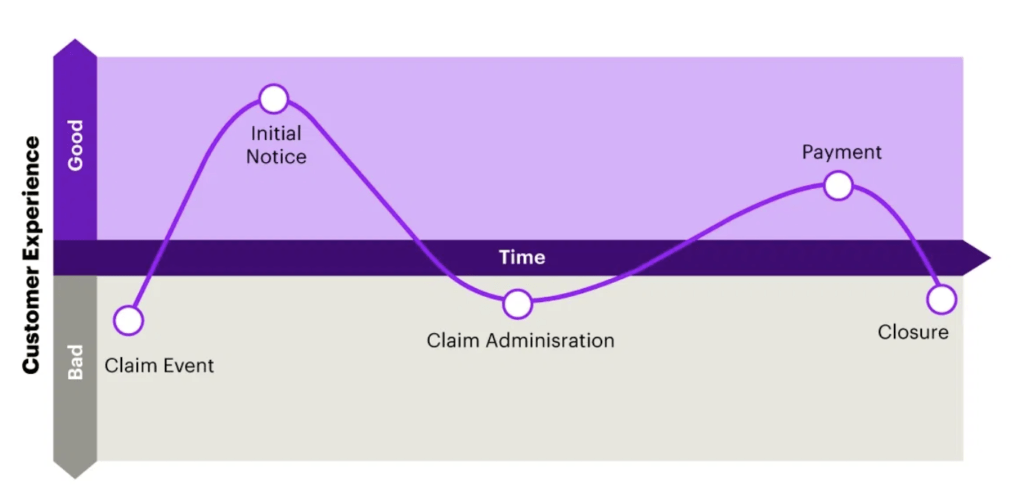Firms in any industry know their customers are key to their success, and that measuring customer satisfaction (or dissatisfaction) is therefore important. After all, you can’t improve where you’re going wrong unless you know where you’re going wrong. That means asking your customers.
When it comes to insurance, customer satisfaction is tied to the claims process: pay-outs must be on time, they must be properly explained and they must be fair. Which is why, a few years back at an insurance conference in Southeast Asia, I asked attendees for a show of hands on a basic question: Do you measure customer satisfaction at the end of each claim?
Not a single hand went up.
While I didn’t expect to learn that every insurer in the room was measuring customer satisfaction, I did think some would be. The problem is that paying claims is still seen as an administratively intensive process. While that was once the case, technology has brought many opportunities to craft a superior customer experience.
Success starts by putting the customer journey front and centre. Over the years, I’ve found it’s often necessary to state that up-front, because some insurers don’t take the time to look at this issue from the perspective of their customers or claimants. But if they want satisfied customers, they must.
Revolutionise the Customer Experience
At the most basic level, an insurer is selling the ability to pay a claim in the future. That’s why, should they fail to deliver that service successfully, they will have betrayed their initial promise.
In my experience, many of the issues around customer satisfaction come down to informing them what’s happening in their customer journey – those points in the claims process that we call the moments of truth (see diagram).

These are the points that insurers should focus on enhancing. Take the start of a claim event – going to hospital after an accident, for instance. Insurers could incorporate a QR code in their mobile app that eases hospital admission, eliminating the need for customers to wait while the insurer confirms policy details to the facility.
Once the claim is in process, the insurer can proactively let its customers know where their claims stand, even if those claims are stuck, say, waiting for the police to send an accident report or the car repair company to send the bill – a simple SMS does the trick. Insurers can take reactive steps too – for example, improving their contact options by having chatbots to handle high-volume, low-complexity queries to ensure a 24/7 service.
Insurers can be proactive in other ways. Accenture worked with a client to develop a system that analyses the types of claims, then flags the categories in which customers have often been dissatisfied. This lets the insurer calculate a predicted satisfaction score. If the claim is below a certain threshold, the claim is escalated to a customer service representative who pre-emptively calls to explain the process.
Keeping customers informed requires systems that can clarify the different stages of the claims process, determine what’s needed and calculate what will happen next – and can deliver that information in a way that the customer can understand.
Which brings me back to my question to the insurers at that conference about measuring customer satisfaction. A data-driven platform that puts the customer front and centre, and that keeps them informed, doesn’t only maximise customer satisfaction; it also offers opportunities for customers on that journey to provide feedback, ensuring the insurer can be responsive and stay focused on delivering the best experience.
Once again, we return to the centrality of data in the Digital Age. Data is key in other insurance areas too, including the subject of my next blog: how technology can help insurers to hold down the cost of operations.
Source: Francois Metzler, Accenture
Share this article:
Share on facebook
Share on twitter
Share on linkedin









